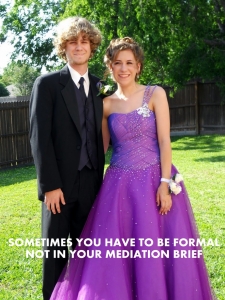How Minimum Wage Laws Affect Indemnity Payments
SAWW is going up. The California State Average Weekly Wage determines the annual adjustment of the minimum and maximum payments to persons receiving temporary disability benefits per Labor Code 4453(a)(10). The State Average Weekly Wage also determines the adjustment to payments to persons receiving a life pension or total permanent disability indemnity per Labor Code 4659(c).
In June, the Department of Industrial Relations Division of Workers Compensation announced an increase for payments starting January 1, 2017. The minimum TTD rate will increase from $169.26 to $175.88 and the maximum TTD rate will increase from $1,128.43 to $1,172.57 per week.

Effect on Settlements
When evaluating claims for settlement, parties may have to consider how the expected SAWW increases will affect the value of future indemnity benefits. The minimum hourly wage increases are small, 50 cents the first two years and a dollar a year thereafter. Is this enough to affect the historic rate of increase we have seen for life pensions? Claims subject to minimum and maximum TD increases are most likely to be affected. An across-the-board increase in claim value will also increase attorney compensation.



